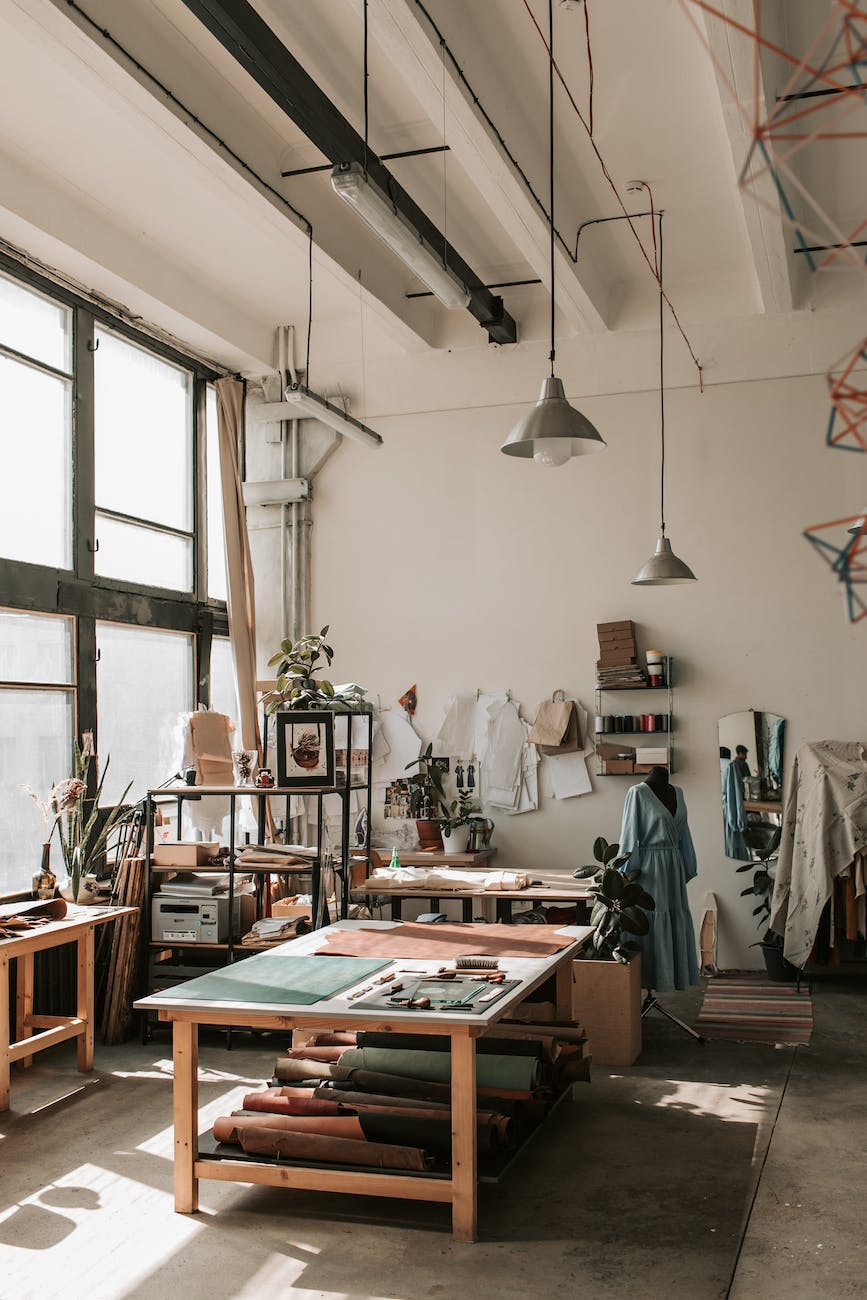Handcrafted Rug Weaving: Embodying the Spirit of Artisan Craftsmanship
Beyond the finished floor coverings, the act of hand weaving rugs represents a mindful commitment to quality, creativity, and skill mastery. Handcrafting rugs from start to finish demands meticulous patience, tactical decision making, problem solving, and pride in workmanship. Rug weavers devote themselves wholly to their craft. Their manual precision sets hand woven rugs apart as emblems of human artistry and work ethic. This article delves into the artisan spirit permeating genuine handcrafted rug production.
Attributes that Define Artisan Rug Weavers
Passion drives these dedicated artists in their rug making:
Creativity
Weavers allow free reign to their imagination when designing motifs, patterns, textures, and color schemes. They follow inspiration not trends.
Curiosity
Lifelong learners constantly hone abilities, research techniques, and experiment with new materials. Discovery motivates progress.
Patience
Perfecting the craft requires thousands of hand woven knots and hours of attentive, meditative labor. Patience and persistence pay off.
Mindfulness
Complete concentration on each step of dyeing, spinning, warping, and knotting roots artisans in their work and promotes excellence.
Humility
Despite outstanding talents, artisans remain humble students of tradition, crediting cultural roots and mentors who transmitted hard-won knowledge over generations.
Individuality
Though building on established methods, weavers put their distinctive mark on each rug through unique color and motif interpretations.
Signs of Quality Hand Craftsmanship
These subtle details set hand woven rugs apart:
Material Selection
Choosing specific wool strains, cultivated silks, or hand spun yarns show deliberation about how raw ingredients impact finished results.
Dye Development
Artisans still meticulously hand mix custom natural dye recipes to produce exactly desired hues instead of quick synthetic colors. Tonal quality matters.
Structured Warping
The mathematically plotted warp foundation organized on the loom reflects precision planning to support flawless motif emergence.
Knot Consistency
Hand tied knots require consistency of tension and direction throughout endless rows. Irregular knots indicate lower hand weaving quality.
Motif Sharpness
Patterns and figures remain sharply defined without blurring or wandering thanks to thousands of impeccable miniscule knots.
Finished Edges
Neatly secured borders and clean flat fringe show attention to aesthetic details visible only on the rug backside.
Traditions that Connect Contemporary Artisans to Their Roots
Heritage construction methods demand perseverance:
Hand Spinning Yarn
Sheep’s wool gets cleaned, dyed, carded then meticulously hand spun into yarn using drop spindles. Spinning contributes to yarn strength.
Vertical Looms
Especially for kilims and Navajo styles, upright looms allow weavers to meticulously build designs row by row with full visual perspective. Looms are often handmade.
Natural Dyes
Gathering flowers, roots, nuts and minerals to produce vivid natural dyes connects weavers to traditional regional environments and resources used over centuries.
Tribal Motifs
Artisans weave patterns passed down by their elders which hold symbolic tribal meaning. Guarding motif lineages maintains cultural identity.
Sheep to Shawl
At studio communes, rug weavers participate together in the entire process – caring for sheep, harvesting wool, spinning yarn, and at last weaving shawls and rugs.
Apprenticeships
Seasoned weavers personally guide apprentices for months in their studios, imparting experiential knowledge not conveyed in books or classrooms.
Prioritizing Quality Over Quantities
For handcrafters, scale stays secondary to excellence:
Made to Order
Rugs get woven to fulfill specific client designs and dimensions. No premade inventory exists. Each rug is individual and made to use, not purely decorative.
Reasonable Production
Weavers work reasonable hours at a humane pace conducive to maintaining stamina and peak performance day after day. Their wellbeing matters.
Just in Time Materials
Yarns, dyes, and fibers get sourced only as needed for upcoming commissions. Limited waste results from overproduction.
Deliberate Scaling
Studio sizes stay small enough for founders to remain directly hands-on making each rug start to finish. Mass production gets avoided.
Natural Timeframes
Handcrafting rugs properly takes months from planning to delivery. Rushing risks quality. Weavers focus on meticulous accuracy not speed.
Perfection over Pace
Monitoring progress lets artisans adjust on the fly to ensure flawlessness. Pieces rejected for errors get fully redone, not patched
While industrialization efficiencies enable affordable rugs for the masses, hand woven rugsmade slowly with care occupy a pinnacle of quality. Their beauty radiates artisan integrity. Through dedicated mastery of their medium, handcrafters devote themselves to creating lasting tactile art.
